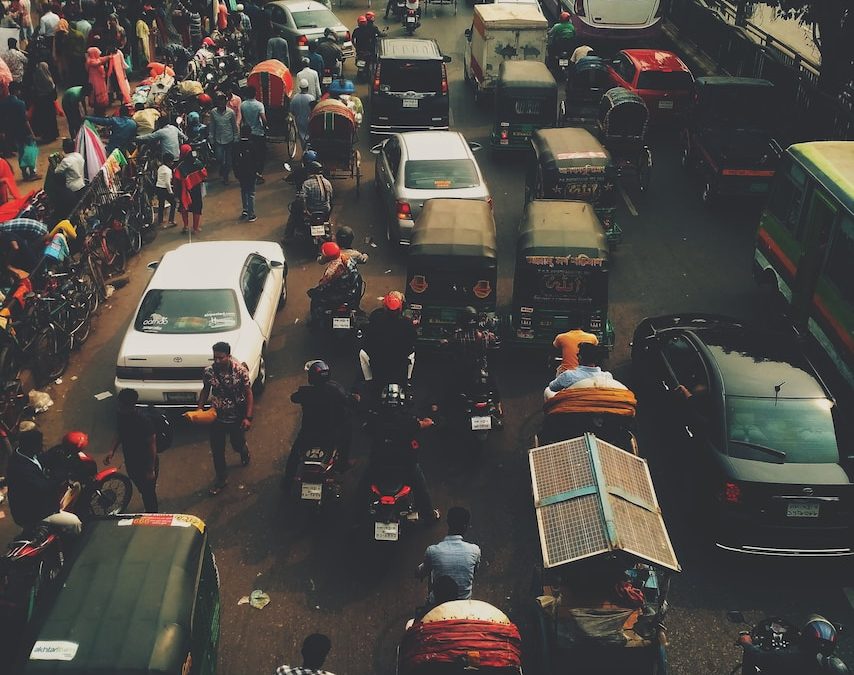Bangladesh has made significant progress in recent years in empowering women. The government has implemented a number of policies and programs to promote women’s education, employment, and participation in decision-making. As a result, women’s status in Bangladesh has improved dramatically.
One of the most important ways that Bangladesh has empowered women is by increasing their access to education. In 1971, only 10% of girls in Bangladesh were enrolled in primary school. Today, that number has increased to 90%. The government has also made it compulsory for girls to attend school until the age of 14.
In addition to increasing women’s access to education, Bangladesh has also made it easier for women to find employment. The ready-made garment (RMG) sector is a major employer of women in Bangladesh, and the government has taken steps to ensure that women in the RMG sector are treated fairly. For example, the government has set a minimum wage for RMG workers, and it has also banned child labor in the sector.
The government has also taken steps to increase women’s participation in decision-making. For example, the government has reserved 50% of seats in local government councils for women. This has helped to ensure that women have a voice in the decision-making process at the local level.
Effect on Economy
The government’s drive to empower women has had a positive impact on the economy of Bangladesh. Women are now more productive members of society, and they are contributing to the country’s economic growth. For example, the RMG sector is a major driver of economic growth in Bangladesh, and women make up the majority of the workforce in this sector.
In addition, women are also starting their own businesses in increasing numbers. This is helping to create jobs and boost the economy.
Bangladesh’s drive to empower women is a success story. The government’s policies and programs have helped to improve women’s status in society, and they have also had a positive impact on the economy. As Bangladesh continues to develop, it is important to continue to empower women so that they can reach their full potential.
Comparing Pakistan and Bangladesh
| Metric | Bangladesh | Pakistan |
|---|---|---|
| Rank | 71 out of 146 countries | 145 out of 146 countries |
| Score | 68.4% | 56.4% |
| Economic Participation and Opportunity | 64.9% | 36.2% |
| Educational Attainment | 95.2% | 72.4% |
| Health and Survival | 96.4% | 97.2% |
| Political Empowerment | 22.7% | 10.7% |
Source: Global Gender Gap Report 2023
Summary
- Bangladesh has made significant progress in closing the gender gap in education and health.
- Bangladesh is one of the few countries in the world where women make up the majority of the workforce in the ready-made garment (RMG) sector.
- The government of Bangladesh has taken steps to promote women’s empowerment, including reserving 50% of seats in local government councils for women.
- Pakistan has one of the widest gender gaps in the world.
- Women in Pakistan are underrepresented in the workforce, and they earn less than men for doing the same work.
- Women in Pakistan also have less access to education and healthcare than men.
- There are few women in positions of political power in Pakistan.

